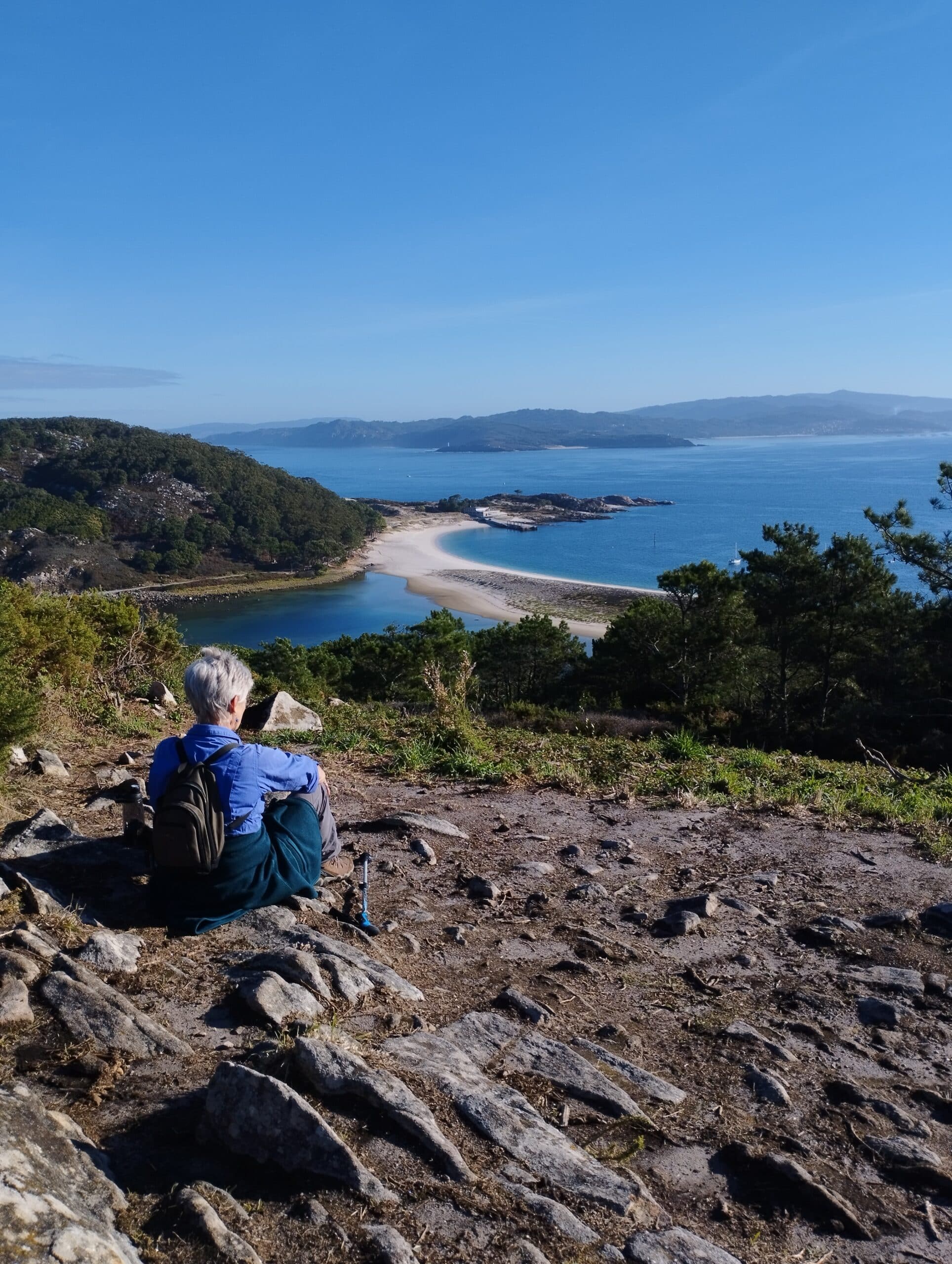I wonder if some of you have thought that, at a certain moment in history, someone had to have the idea of protecting natural heritage, legally creating an administrative figure of protection that would give rise to what we know today as national parks. Undoubtedly, it could be said that as a result of those reflections, today, Galicia is home to the largest marine national park in Spain, the Atlantic Islands Marine- Terrestrial National Park.
It was in the middle of the 19th century, when the American artist George Catlin (1796-1872), after making several trips among the native places of North America, Central America and South America, proposed an innovative solution to face a new reality, in which the industrial revolution was changing the way humanity was adapting to the surrounding world. Catling suggested that indigenous wildlife and culture were in danger, considering that “they can only be preserved if a special protection policy is created by the federal government.” In the line of this thought, the magnate and conservationist Stepehn Mather, in concert with the journalist Robert Sterling, promoted a campaign to support the historical and scenic qualities of these parks, as well as their possibilities as places of recreation and education. This campaign led to the creation of the United States National Park Service in 1916, where the agency’s mandate was “to conserve natural and historical places and the objects inside, in addition to protecting these places in such a way that they can be preserved forfuture generations”.
In a European context, Spain has been a pioneer in conservation policies, approving the first Law of National Parks on December 8, 1916, including the aesthetic and landscape concept of a national park, under which the two first Spanish national parks were declared in 1918, the Montaña de Covadonga and Ordesa. Throughout the 20th century, national parks have not only grown in number and extension, but management models have evolved to favor the conservation of these places, always having public use and enjoyment as a priority objective, and the improvement of scientific knowledge of its natural and cultural values. In this line, based on experience and accumulated knowledge, a pioneering management has been implemented in Spain, adapted to its political and administrative model, where the direct management of each park is in charge of the autonomous communities, while the management of the spanish national parks network and its coordination depends on the central government. This new model, reinforcing the mechanisms for greater participation of all interested parties, has been recovered in Law 30/2014 on National Parks.
The Atlantic Islands of Galicia were declared national park in 2002 when the National Courts, at the proposal of the Galician Parliament, promoted the objective of, among other things, “protect the integrity of their ecosystems and ensure the protection, recovery, promotion and dissemination of their environmental values”. This national park, formed by four archipelagos and their surrounding waters, is considered the best representation of the NE Atalntic region. Although in its terrestrial part we find ecosystems of great value, it is the uniqueness of the marine ecosystem, with a biodiversity that is not comparable to other regions of the planet, the reason to give the highest figure of protection to this area.Indeed, the productivity of its waters explains why for centuries sea products have been the livelihood of an important fishing activity in this region, where the marine culture has marked our way of speaking, our popular songs, our gastronomy or all those aspects that define us as a community.
However, it is worth noting that the creation of the Atlantic Islands Marine-Terrestrial National Park has also placed this region on the national and international tourist map, attracting an increasing number of visitors over the years, and therefore being the scene of many debates among the different stakeholders that operate in this territory; some suggest that the balance should lean towards conservation, while others try to protect their economic interests. As in any great agreement, a middle point must be reached, but may be to find a good deal, we should not forget that “national parks are maintained not only to preserve picturesque landscapes and historical sites, but have a unique value in caring for people’s minds and spirits”, as the former director of the United States National Park Service, Newton B. Drury pointed out, and because of that, it is mandatory to preserve them for future generations.


